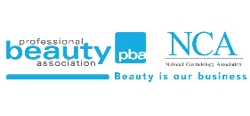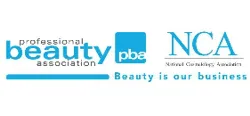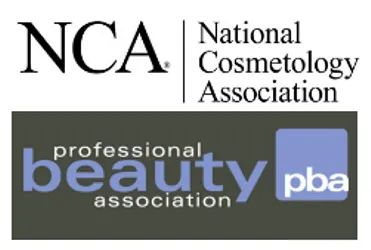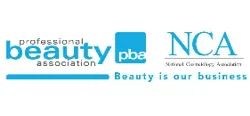
Professional Beauty Association Tracking Indices Experience Declines From Record Highs
Professional Beauty Association Tracking Indices Experience Declines From Record Highs Phoenix, AZ (August 9, 2011) - The Professional Beauty Association's (PBA) three main tracking indices for the salon/spa industry which include the Salon & Spa Performance Index (SSPI), Current Situation Index, and Expectations Index, experienced declines from their record highs in the first quarter of 2011 and year-over-year results.
Phoenix, AZ (August 9, 2011) - The Professional Beauty Association's (PBA) three main tracking indices for the salon/spa industry which include the Salon & Spa Performance Index (SSPI), Current Situation Index, and Expectations Index, experienced declines from their record highs in the first quarter of 2011 and year-over-year results.
The SSPI, which is the main index of the three, is a quarterly composite index that tracks the health and outlook of the U.S. salon/spa industry.
The SSPI declined 1% from the first quarter of 2011 to stand at 103 in the second quarter. This is also a .6% decline from year-over-year results compared to the second quarter of 2010. Combined with quarterly drops in the Current Situation Index and Expectations Index of 1% and .9% respectively, these results are discouraging considering the steady gains all three indices had been making in prior quarters.
All indices remain above a base level measurement of 100, which is still positive for the industry as a whole.
"While the second quarter 2011 results from the Salon & Spa Performance Index are discouraging, beauty businesses and professionals that continue to invest in continued education, networking, and capital improvements are seeing positive advances and will be better positioned once the broader economy stabilizes," said Steve Sleeper, Executive Director for the Professional Beauty Association.
The SSPI is based on responses to PBA's "Salon & Spa Industry Tracking Survey," which is fielded quarterly among salon/spa owners nationwide on a variety of indicators. It is constructed so that the health of the salon/spa industry is measured in relation to a steady-state level of 100. Index values above 100 indicate that key industry indicators are in a period of expansion, while index values below 100 represent a period of contraction. The Index consists of two components - the Current Situation Index and the Expectations Index.
The Current Situation Index, which measures current trends in five industry indicators (service sales, retail sales, customer traffic, employees/hours, and capital expenditures), fell to 101.5 in the second quarter - down 1% from first quarter 2011 and .7% from second quarter 2010.
Despite the decline, the Current Situation Index remained above 100 for the sixth consecutive quarter, which represents expansion in the current situation indicators. Sales and customer traffic levels remained positive overall in the second quarter and salon/spa owners reported a net increase in staffing levels.
The Expectations Index, which measures salon/spa owners' six-month outlook on five industry indicators (service sales, retail sales, employees and hours, capital expenditures, and business conditions) has remained relatively unchanged for the past year, fell to 104.4% - down .9% from first quarter 2011 and .6% from second quarter 2010.
Along with the Current Situation Index, the Expectations Index remains above a base level of 100, which indicates expansion and an overall positive viewpoint. Salon/spa owners were most optimistic about stronger service sales in the coming months, but felt less favorably towards retail sales, capital expenditures, and the direction of the overall economy. Fifty-two percent of salon/spa owners expect to increase staffing levels in the coming months, a positive for the broader labor market in the United States.
The full SSPI report and the "Salon & Spa Tracking Survey" can be found at www.probeauty.org/research.
More Information
Please follow me on Twitter at: http://Twitter.com/HairBoutique. I look forward to meeting new people from all walks of Twitter and learning from their Tweets. Visit us at Hairboutique.com located at: http://www.HairBoutique.com, on Facebook, MySpace and YouTube.
Thank you for visiting us at The HairBoutique Blog and for leaving your comments. They are very much appreciated. We apologize in advance but must remove any direct advertisements or solicitations.Social Media Network Information
Please follow us on Twitter at: https://Twitter.com/HairBoutique. I look forward to meeting new people from all walks of Twitter and learning from their Tweets.

















